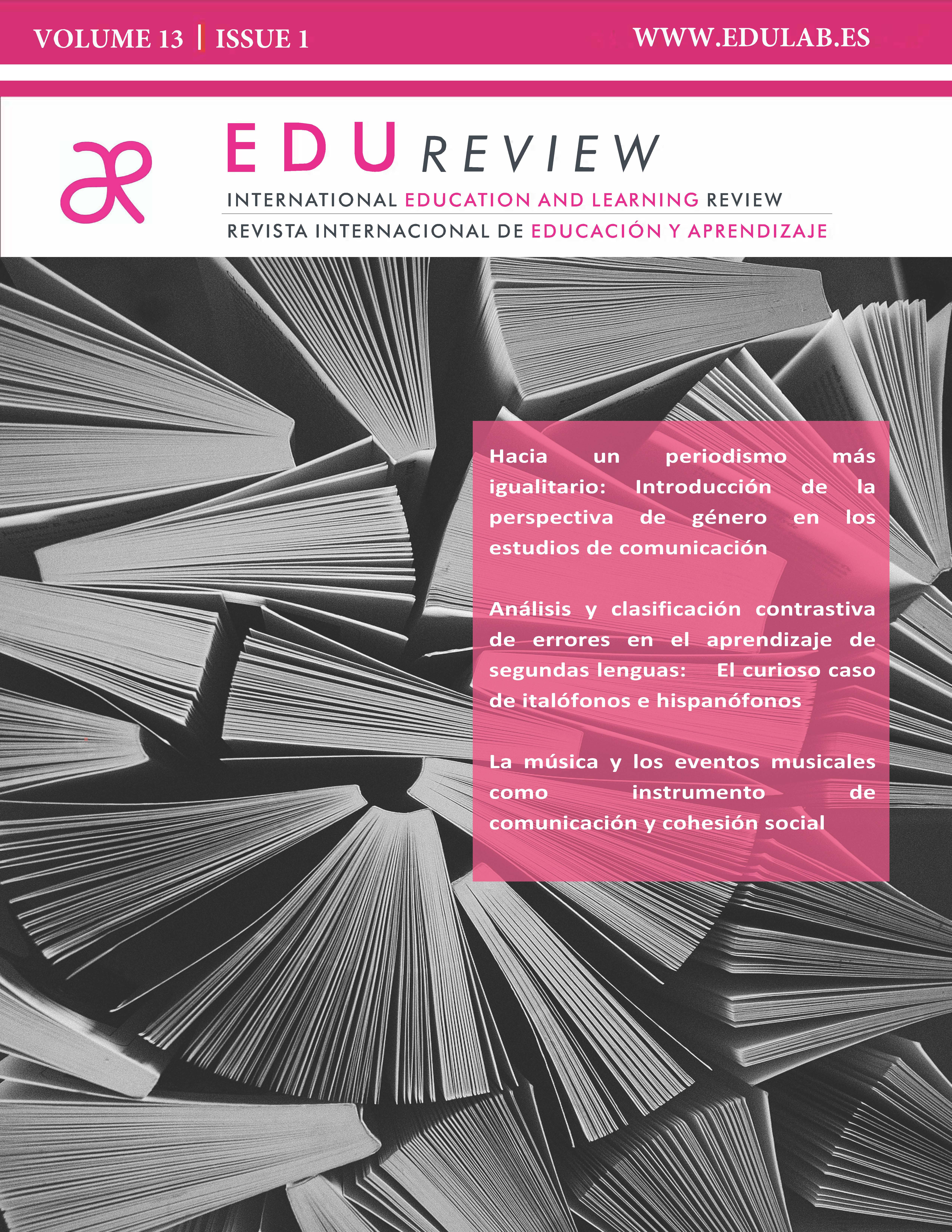Programming in Environmental and Naturalistic Education from an Evolutionary Perspective.
DOI:
https://doi.org/10.62701/revedu.v13.5436Keywords:
Evolutionary philosophy, Biophilia, Environmental education, Naturalness, Sustainability, Evolutionary psychology, Environmental ethicsAbstract
Evolutionary philosophy explains the relationship between humans and nature, highlighting its role in survival, health, and well-being. Throughout evolution, we developed adaptations such as biophilia and cooperation, but technology and urbanization have weakened this bond, leading to issues like "nature deficit disorder" (Louv, 2008). This article examines evolution-based educational strategies to restore this connection, integrating direct experiences in nature, evolutionary history, ethical debates, and technology. These initiatives strengthen ecological awareness, promoting harmonious and sustainable coexistence with the environment, benefiting both individual well-being and environmental preservation.
Downloads
Global Statistics ℹ️
|
247
Views
|
107
Downloads
|
|
354
Total
|
|
References
Cosmides, L., & Tooby, J. (1997). Evolutionary psychology: A primer. Center for Evolutionary Psychology.
De Waal, F. B. M. (2006). Primates and philosophers: How morality evolved. Princeton University Press. DOI: https://doi.org/10.1515/9781400830336
Kaplan, R. (1995). The restorative benefits of nature: Toward an integrative framework. Journal of Environmental Psychology, 15(3), 169-182. DOI: https://doi.org/10.1016/0272-4944(95)90001-2
Lorenzo, G., Lorenzo, A., & Lledó, A. (2022). Tendencias globales en el uso de la realidad aumentada en la educación: estructura intelectual, social y conceptual. Revista de Investigación Educativa, 40(2), 475–493. https://doi.org/10.6018/rie.464491 DOI: https://doi.org/10.6018/rie.464491
Louv, R. (2008). Last child in the woods: Saving our children from nature-deficit disorder. Algonquin Books.
Orians, G. H. (1980). Habitat selection: General theory and applications to human behavior. En J. S. Lockard (Ed.), The evolution of human social behavior (pp. 49-66). Elsevier.
Pálsdóttir, A., Spendrup, S., Mártensson, L., & Wendin, K. (2021). Garden Smellscape-Experiences of plant scents in a nature-based intervention. Frontiers in Psychology, 12, 667957. https://doi.org/10.3389/fpsyg.2021.667957 DOI: https://doi.org/10.3389/fpsyg.2021.667957
Rodríguez-Cardoso, Ó., Ballesteros-Ballesteros, V., & Lozano-Forero, S. (2020). Tecnologías digitales para la innovación en educación: una revisión teórica de procesos de aprendizaje mediados por dispositivos móviles. Pensamiento y Acción, 28, 83–103. https://doi.org/10.19053/01201190.N28.2020.11192 DOI: https://doi.org/10.19053/01201190.n28.2020.11192
Siani, M., & Yarden, A. (2025). Exploring evolution in the context of molecular genetics and ecology: a dual perspective. Evolution: Education and Outreach, 18(1), Article 1. https://doi.org/10.1186/s12052-025-00216-5 DOI: https://doi.org/10.1186/s12052-025-00216-5
Soga, M., & Gaston, K. J. (2020). The ecology of human-nature interactions. Proceedings of the Royal Society B: Biological Sciences, 287(1918), 20191882. https://doi.org/10.1098/rspb.2019.1882 DOI: https://doi.org/10.1098/rspb.2019.1882
Van Vugt, M., & Ahuja, A. (2011). Naturally selected: The evolutionary science of leadership. Harper Business.
Wilson, D. S. (2012). The social conquest of earth. W. W. Norton & Company.
Wilson, E. O. (1984). Biophilia. Harvard University Press. DOI: https://doi.org/10.4159/9780674045231
Downloads
Published
How to Cite
Issue
Section
License
Copyright (c) 2025 Authors retain copyright and transfer to the journal the right of first publication and publishing rights

This work is licensed under a Creative Commons Attribution-NoDerivatives 4.0 International License.
Those authors who publish in this journal accept the following terms:
-
Authors retain copyright.
-
Authors transfer to the journal the right of first publication. The journal also owns the publishing rights.
-
All published contents are governed by an Attribution-NoDerivatives 4.0 International License.
Access the informative version and legal text of the license. By virtue of this, third parties are allowed to use what is published as long as they mention the authorship of the work and the first publication in this journal. If you transform the material, you may not distribute the modified work. -
Authors may make other independent and additional contractual arrangements for non-exclusive distribution of the version of the article published in this journal (e.g., inclusion in an institutional repository or publication in a book) as long as they clearly indicate that the work was first published in this journal.
- Authors are allowed and recommended to publish their work on the Internet (for example on institutional and personal websites), following the publication of, and referencing the journal, as this could lead to constructive exchanges and a more extensive and quick circulation of published works (see The Effect of Open Access).













